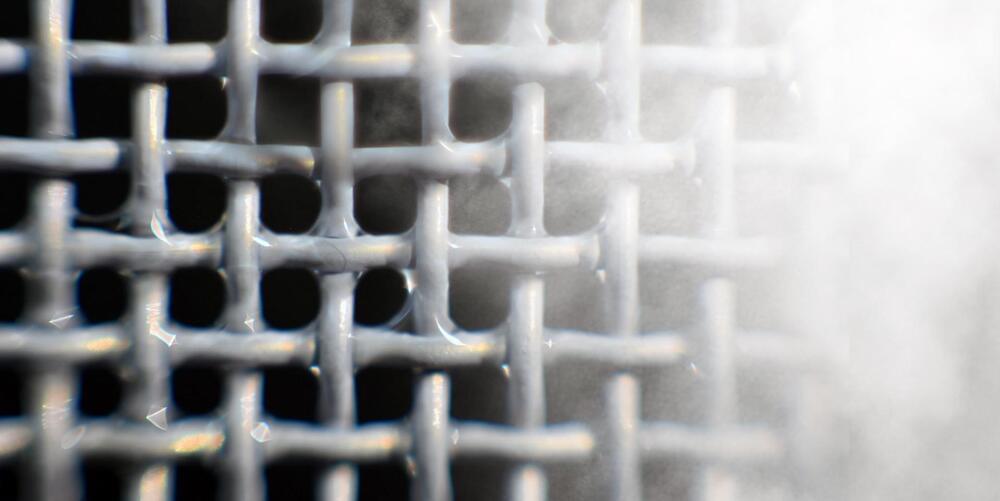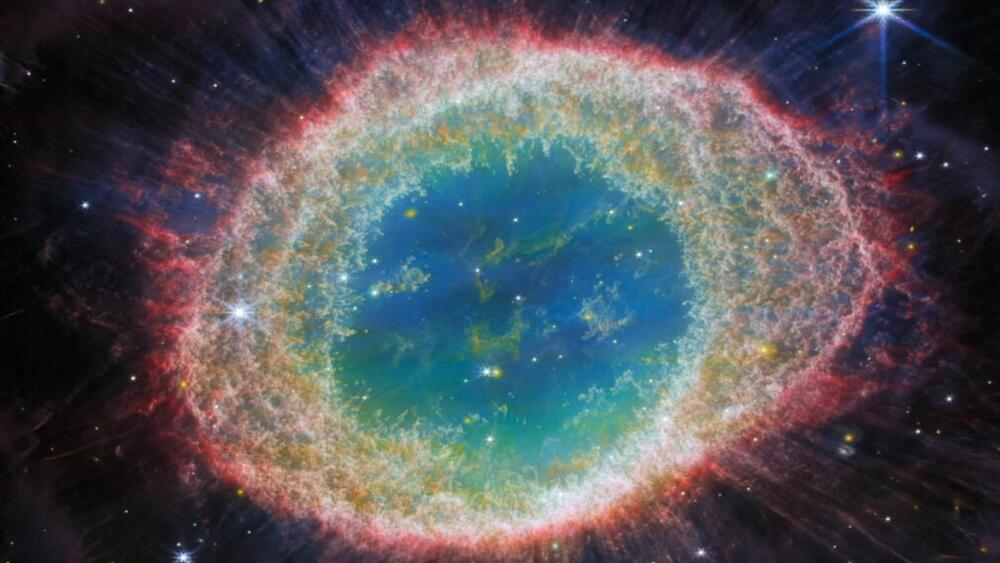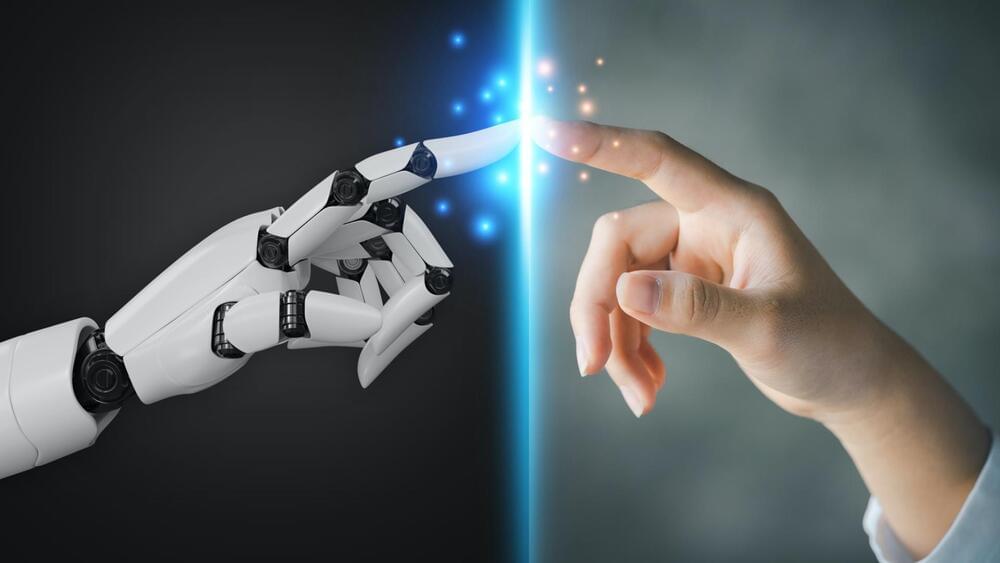In a recent advance, researchers have created a novel battery charger that can support present and future generations of battery packs for EVs across a vast range of voltages: anything between 120 and 900 volts. The new tech is described in a study published in the September edition of theIEEE Transactions on Power Electronics.
These next-generation batteries will bring shorter charging times while also weighing less, which means that EVs can be ready to drive sooner and travel farther on a full charge. “However, charging these high-voltage batteries with existing chargers degrades the efficiency, due to operating at twice the rated voltage,” says Deepak Ronanki, an assistant professor at the Indian Institute of Technology Madras, in Chennai, India, and an IEEE senior member who was involved in the study.
Ronanki and doctoral research scholar Harish Karneddi created a universal charger capable of supporting voltages between 120 and 900 V—something they say had not yet otherwise been achieved.
Ronanki and Karneddi’s battery charger is actually a two-stage charger, with a front-end boost-buck power factor correction (PFC) circuit followed by a reconfigurable DC-DC converter. As the term “boost-buck” suggests, the battery charger can boost the voltage when the battery voltage is greater than the input voltage and, conversely, buck the voltage when the battery voltage is less than the input voltage.








